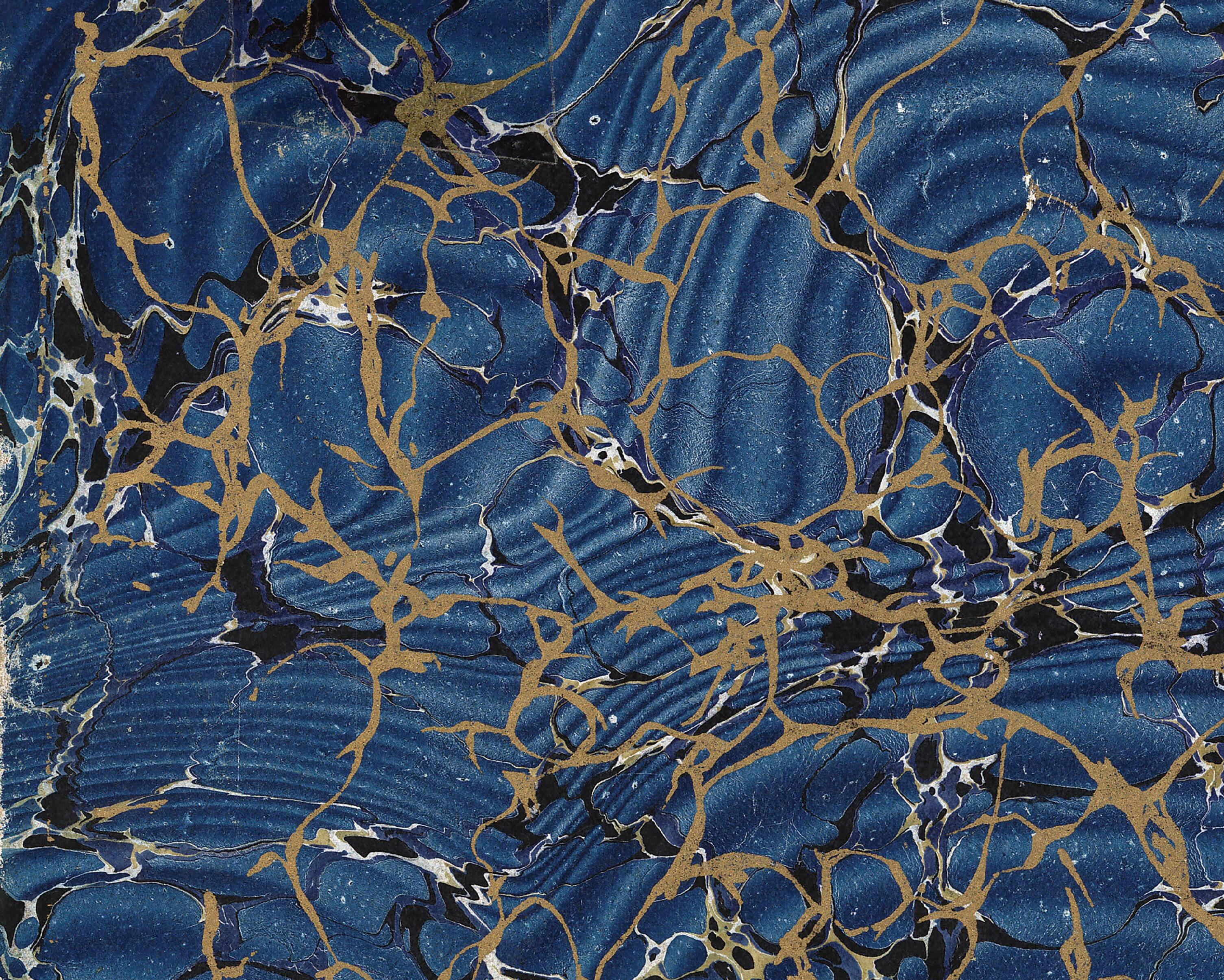
the philip h. and a.s.w. rosenbach foundation museum
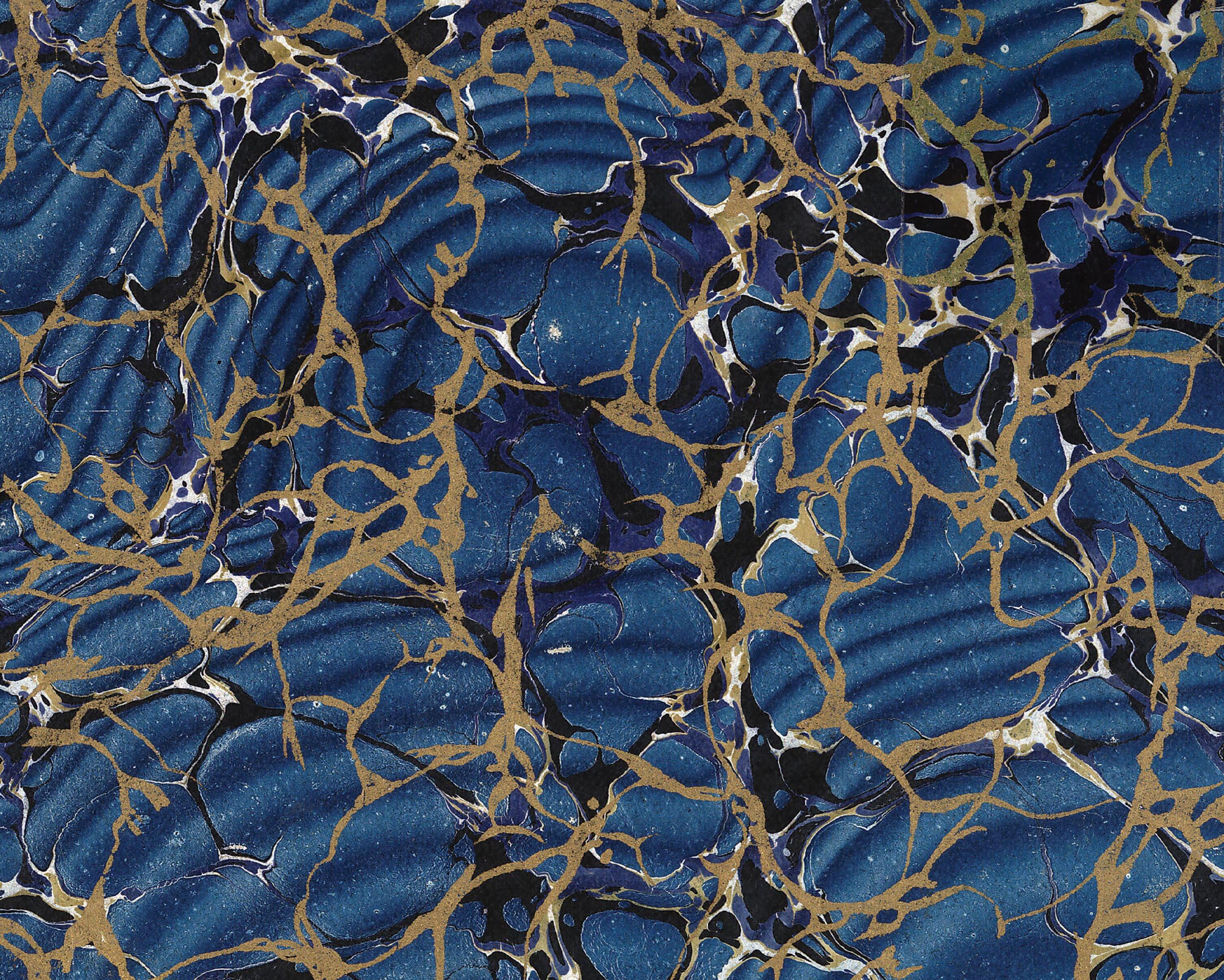





A GALLERY NAMING OPPORTUNITY TO TRANSFORM COLLECTION-BASED OUTREACH & ENGAGEMENT AT THE ROSENBACH



DO YOU REMEMBER THE FIRST TIME YOU STEPPED INTO THE ROSENBACH’S HISTORIC LIBRARY?
THE FIRST TIME YOU HELD A RARE BOOK OR MANUSCRIPT IN YOUR HAND?
THE FIRST TIME YOU GLEANED A NEW INSIGHT ABOUT BRITISH LITERATURE, ART OR HISTORY UNDER THE GUIDANCE OF A ROSENBACH STAFF MEMBER OR A COURSE INSTRUCTOR?
HOW WOULD YOU DESCRIBE THAT FEELING?
AND WHAT IF WE COULD CAPTURE THAT FEELING, AND MAKE SURE THAT EVERY ROSENBACH VISITOR COULD EXPERIENCE IT?
Learning at the Rosenbach is grounded in place, inspired by collections, multisensory, emotionally rich, inquiry driven, and community oriented. In recent years, the Rosenbach’s public programs have revolutionized public access to collections and created a vibrant community oriented around history, art, and literature. Building on this success, the Rosenbach’s new approach to gallery exhibitions will provide unparalleled access to collections in Galleries 1 – 3 on the second floor of the museum by means of permanent installations that highlight key collecting strengths—with objects selected to support upcoming public programs.
The Treasures from the Rosenbach’s Collection exhibition will accomplish four goals for the institution’s interpretive program:
GUARANTEE that every Rosenbach visitor will have the opportunity to see numerous collection objects up close and personal, making for a memorable museum experience. The museum’s galleries will never be closed again.
ASSURE that every visitor gains exposure to the full depth and breadth of the Rosenbach’s collection, appreciating the multifaceted and diverse holdings stewarded by the institution today.
CREATE physical, mental, and emotional space for visitors to contemplate, reflect, read, and interact with like-minded people by means of beautiful, evocative gallery spaces.
PAIR display of rare materials with the opportunity for visitors to page through modern editions of great works of history and literature inspired by the Rosenbach collection.

The Rosenbach’s new approach to gallery exhibitions will tie collections display directly to our most beloved public programs and situate the galleries as an anchor for the Rosenbach’s sense of place as a bookish institution.
The Treasures galleries will debut in 2024 and 2025.
JANUARY 2024
Treasures from the Rosenbach’s Collection: Art & Literature of the British Isles
by naming the gallery spaces and supporting Treasures installations for
JANUARY 2025
Treasures from the Rosenbach’s Collection: History & Literature of the Americas
SEPTEMBER 2025
Treasures from the Rosenbach’s Collection: Continental European Literature, Book History, Judaica, and Rosenbach History
This recasting of the exhibition program creates an opportunity for Rosenbach supporters to make a generational impact on the institution
years to come.

A $250,000 gift will make Treasures from the Rosenbach’s Collection: Art & Literature of the British Isles a permanent feature of the Rosenbach experience.
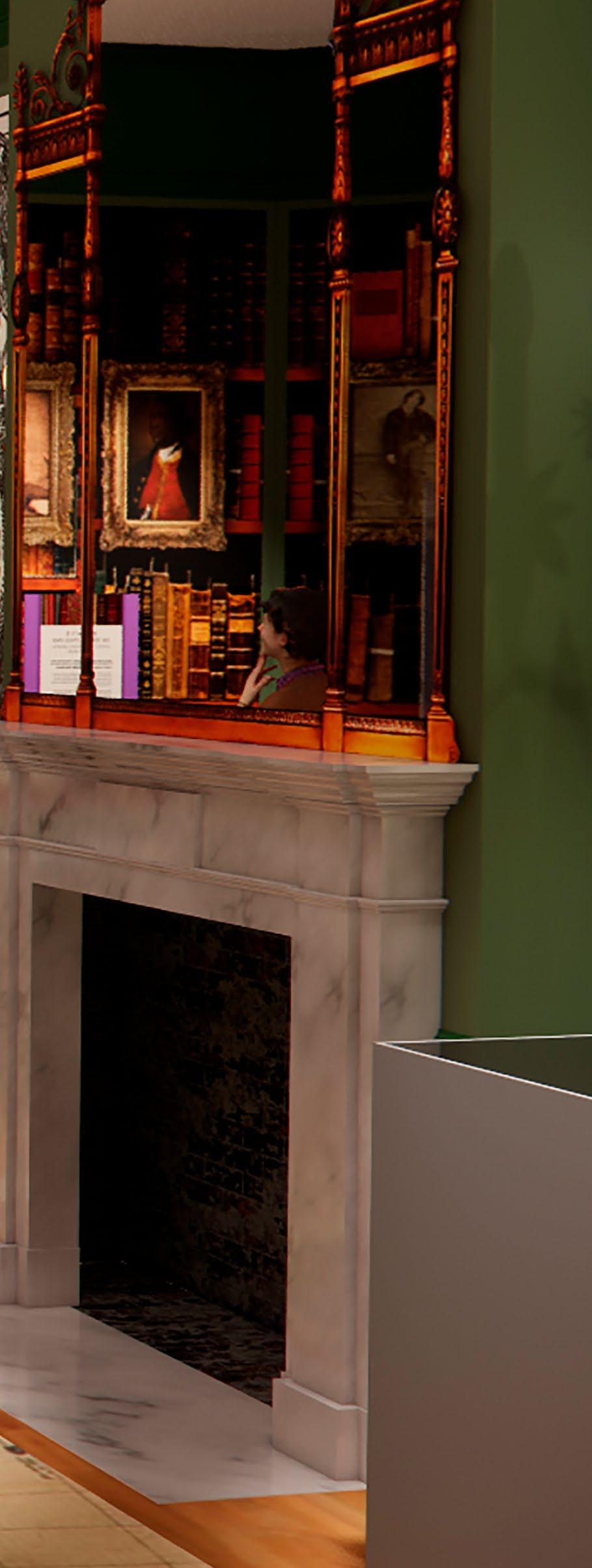
The gift will be used to design and install a visually splendid gallery, fabricate an exhibition of Rosenbach collection objects, create a cozy reading parlor in Gallery 1 to encourage reading and conversation, and fund ongoing improvements to the Treasures: Art & Literature of the British Isles experience for years to come.
WRITE YOUR NAME IN ROSENBACH HISTORY, AND ESTABLISH A COLLECTION-BASED LEGACY.
The exhibition project team has developed a detailed project timeline to guide the development of Treasures: Art & Literature of the British Isles and the other Treasures galleries set to debut in 2025. The dates below provide highlights from that larger timeline, with a focus on Art & Literature of the British Isles, the inaugural Treasures gallery.
NOVEMBER 2023
Succession: Why Presidential History Matters Now and deinstallation of this final rotating special exhibition begins
DECEMBER 2023
Painting of Gallery 1 and exhibition cases for Treasures: Art & Literature of the British Isles
JANUARY 2024
• Installation of vinyls and wall treatments for Treasures: Art & Literature of the British Isles
• Objects installation for Treasures: Art & Literature of the British Isles
• January 25 Grand opening of Treasures: Art & Literature of the British Isles during Burns Night festivities

JANUARY 2025
Treasures from the Rosenbach’s Collection: History & Literature of the Americas opens in Gallery 2
SEPTEMBER 2025
Treasures from the Rosenbach’s Collection: Continental European Literature, Judaica, & Rosenbach Family History opens in Gallery 3
PROGRAMS COMMITTEE OF THE ROSENBACH MUSEUM & LIBRARY BOARD OF DIRECTORS
Chaired by Board members Amy Coes and Gage Johnston, the Programs Committee will provide strategic oversight of the Treasures project and assure its completion in a timely and effective manner in line with the organization’s vision, mission, and values.
KELSEY SCOUTEN BATES, THE JOHN C. HAAS DIRECTOR OF THE ROSENBACH
Ms. Bates will serve as chief liaison between the Board of Directors and Rosenbach staff in implementing the project.
DEPARTMENT OF OUTREACH & ENGAGEMENT OF THE ROSENBACH MUSEUM & LIBRARY
Dr. Alexander Lawrence Ames, Director of Outreach & Engagement at the Rosenbach, will serve as project manager and creative director for the project. Isabel M. Steven, Manager of Tours & Volunteer Services at the Rosenbach, will assist Ames in writing exhibition text. Edward G. Pettit, Sunstein Senior Manager of Public Programs, will consult on selection of objects for display in alignment with upcoming public programs.
Mary Anne Casey of Olivetree Design, who has designed exhibitions at the Rosenbach for the past 10 years, will serve as principal designer, manage project logistics, and interface on behalf of the Rosenbach with specialized subcontractors Ben Neiditz (exhibition preparator), Matt Gay (exhibition preparator) Justin Geller (audio & lighting effects).
The Department of Outreach & Engagement has convened a Rosenbach staff working group to keep all departments informed of exhibition progress and glean insights, feedback, and suggestions on goals and methods. Marketing/Communications, Collections, Operations, Education, and Development are represented in the working group.

COST TO NAME GALLERY 1, FUTURE HOME OF TREASURES FROM THE ROSENBACH COLLECTION: ART & LITERATURE OF THE BRITISH ISLES : $250,000 (payable in 5 annual installments of $50,000)
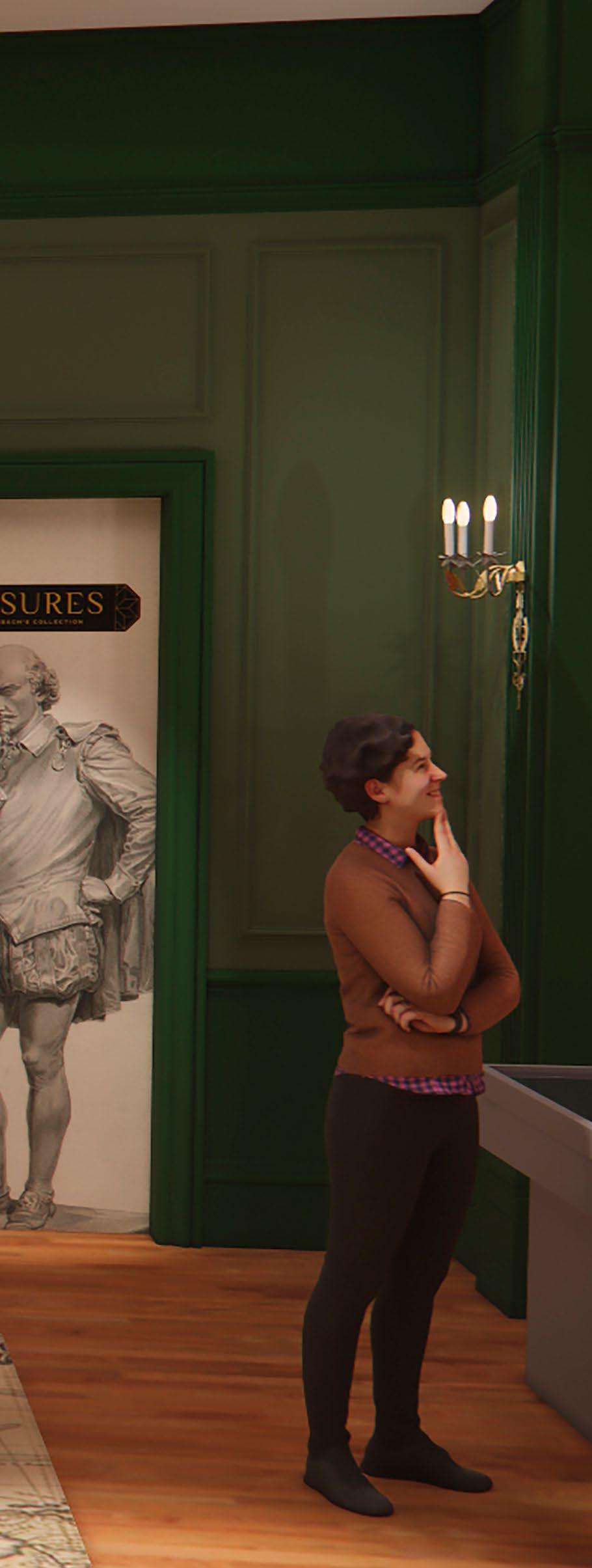
YEAR 1 INSTALLMENT WILL BE SPENT DOWN TO PAY FOR GALLERY DESIGN AND INAUGURAL INSTALLATION / $80,000*
• $25,000 exhibition development & design
• $20,000 fee for gallery prep & painting
• $15,000 for exhibition graphics printing, delivery & installation
• $5,000 for lighting & audio special effects
• $10,000 for reading parlor furnishings and books
• $5,000 for exhibition installation (contractor fees)
* Additional $30,000 for the first year’s budget will be drawn from the existing endowment.
YEARS 2 – 5 INSTALLMENTS ADDED TO ENDOWMENT
$200,000
The endowment for Gallery 1, Art & Literature of the British Isles will earn an estimated $10,000 per year to support annual upgrades, improvements, changes in the gallery space, and other related expenditures.

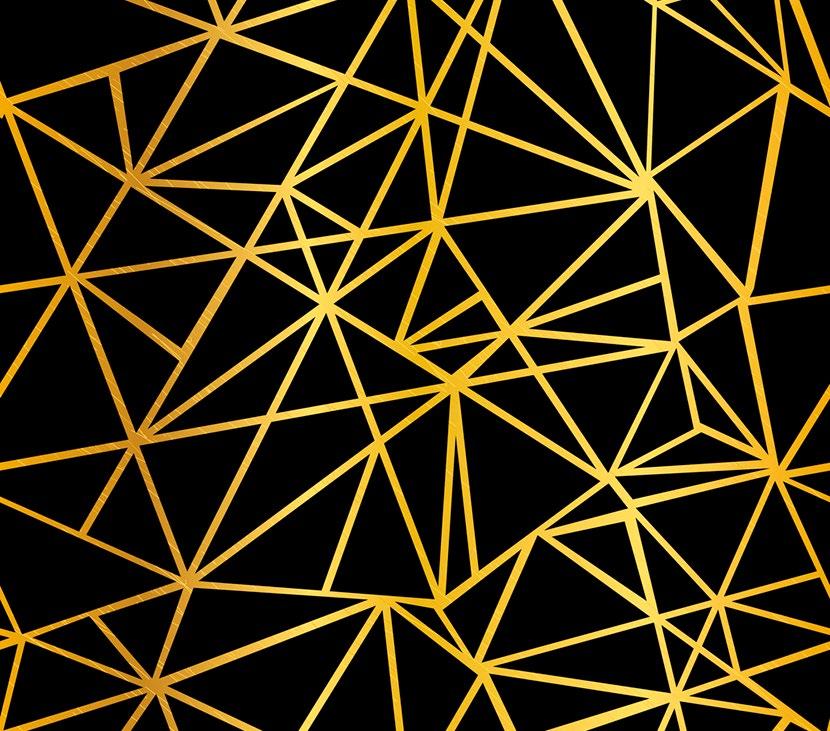

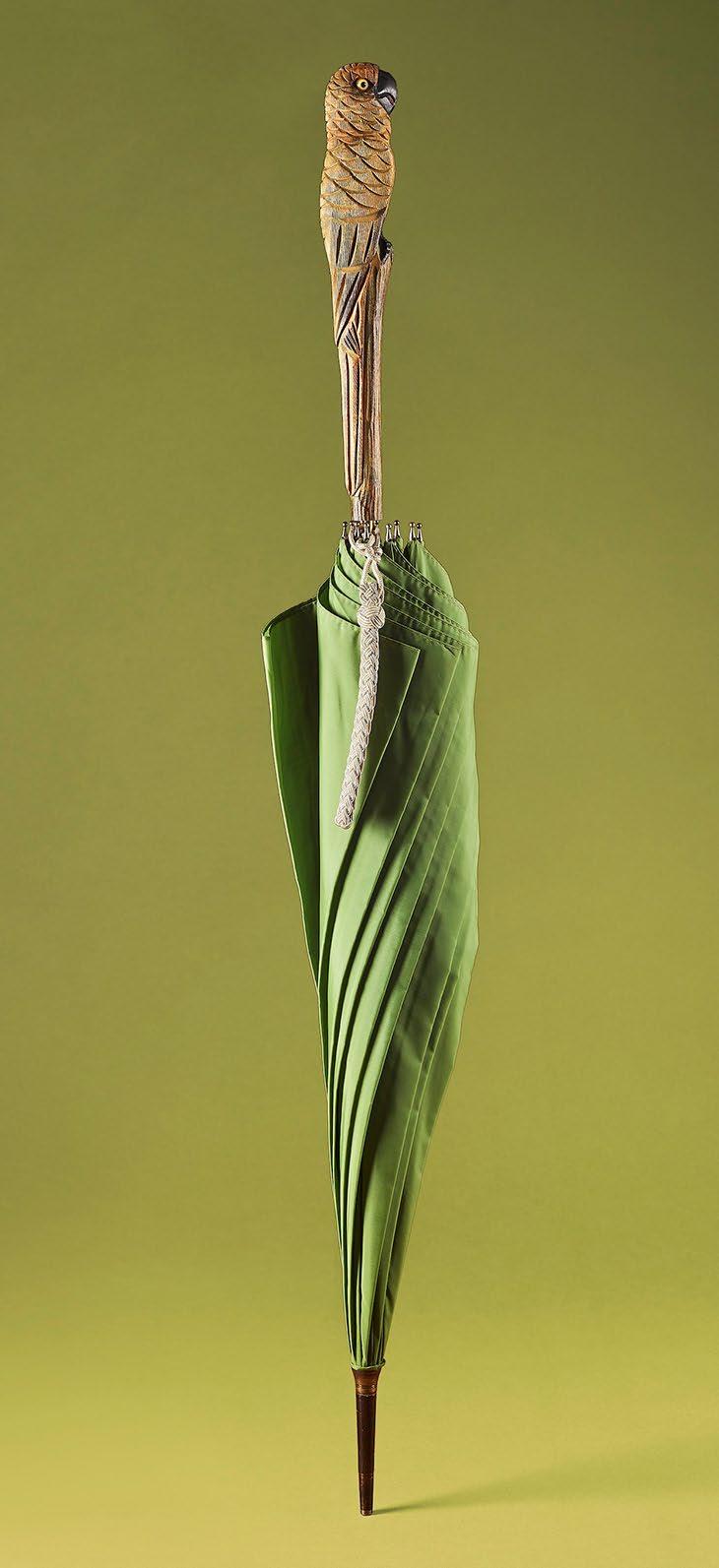





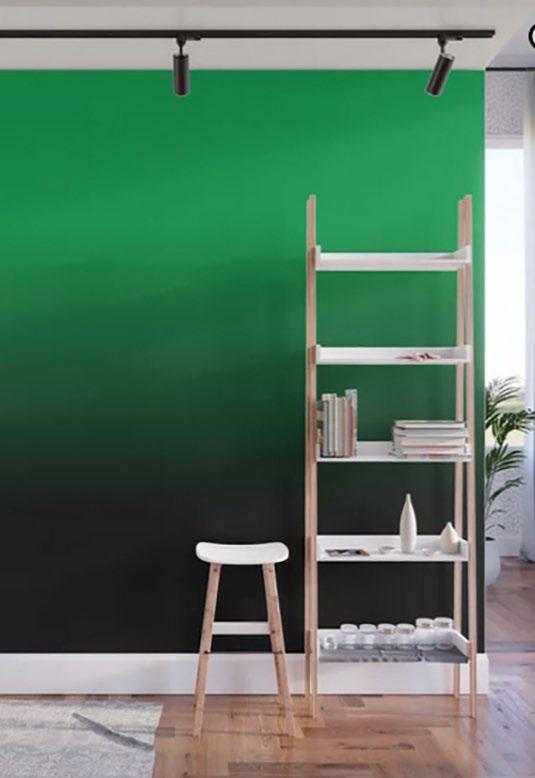

The Department of Outreach & Engagement at the Rosenbach Museum & Library views visitors’ emotional reaction to our spaces and collections, as well as the social experiences catalyzed in exhibition galleries, as central parts of the learning we hope to encourage in our community. For this reason, we take seriously the work of identifying color palettes, fonts, visual treatments, and aesthetic designs for our spaces that will achieve our goals for the design:
• Nurture a sense of place grounded in the history of the Rosenbach, its building, and its collections.

• Encourage visitors to feel comfortable and welcome to dwell in the exhibition galleries, sit down, read, and converse with fellow visitors.

• Make a visual and aural impression on visitors that will ground their Rosenbach visit.

• Themes of uniqueness & vibrancy
• Rich, bold, eye-catching color palette
• Logo graphic elements resembling open books
EXHIBIT TITLE FONT
EXHIBIT SUBTITLE FONT
• Contrasting expressive fonts for exhibit title & subtitle
• Title font: serif; gentle curves combined with straight lines and corners; slightly unique & unusual, yet classic; incorporates small graphic element from the Rosenbach logo in the “E”
• Subtitle font: sans serif; solid lines; bold; complementary to title font, yet not overpowering
The Rosenbach will promote the Treasures gallery and associated programming via an extensive print and digital marketing campaign. The general aesthetic of the galleries will inspire the design of marketing materials, and the exhibition’s title panel will double as a logo for the project to entice audiences. A dynamic logo design will allow the Rosenbach to update a digital marketing logo with different collections images to highlight the various collection items on display in the gallery and promote specific programs, as illustrated on page 19.
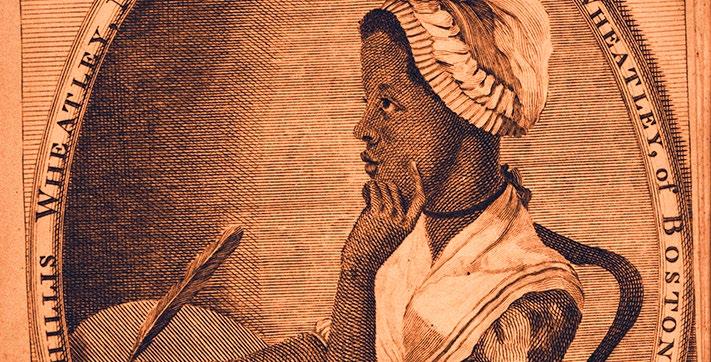





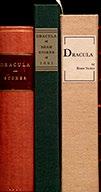


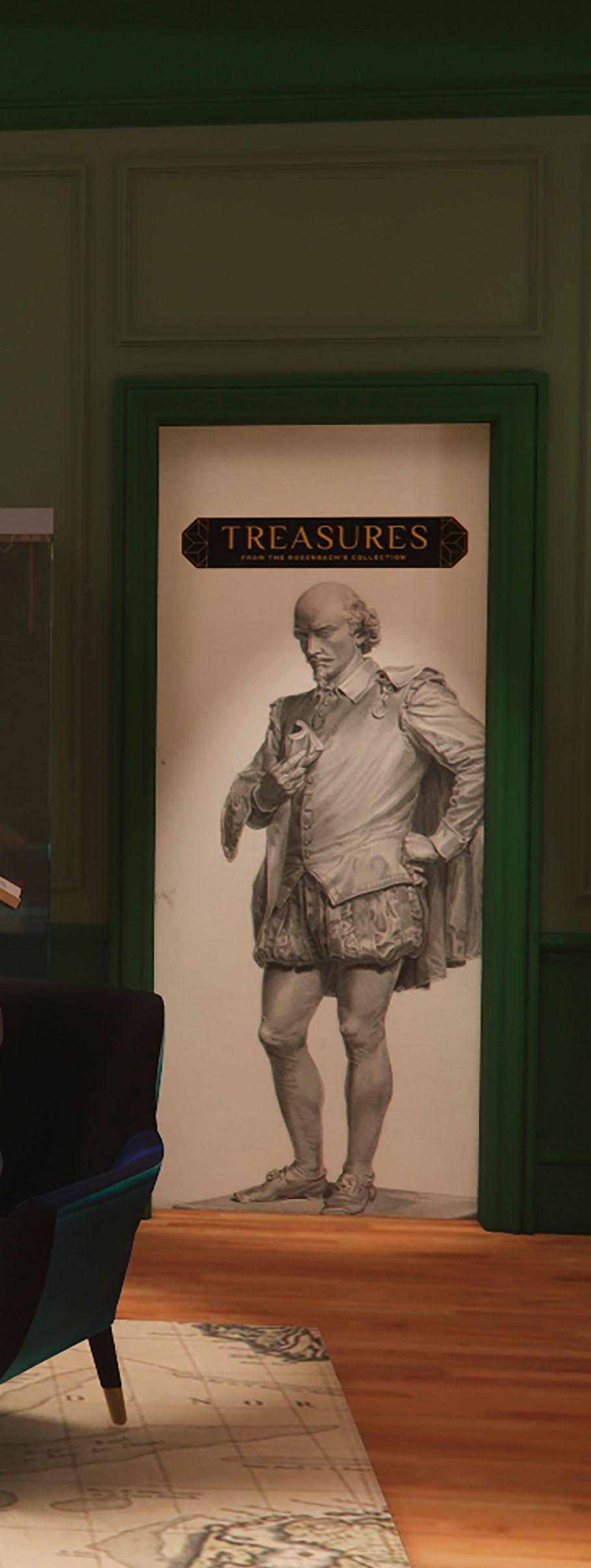
The Treasures galleries will provide a fresh start for the Rosenbach’s gallery exhibitions program by creating visually engaging, multisensory, warm, inviting, and thoughtprovoking spaces designed for visitors to linger, converse, think deeply, and even nestle up with a book of their choice for some reading before or after their tour or program. As the first Treasures gallery to open, Art & Literature of the British Isles will set the design aesthetic for the remaining two galleries.
The renderings showcase the concept for the gallery. Museum and library collection items are arrayed around the perimeter of the space, with a cozy and comfortable reading parlor arranged around the fireplace with a selection of books inspired by the Rosenbach collection (including modern editions of works on display in the exhibition). Dramatic wall treatments, lighting, and sound effects enhance the sense of place that grounds visitors in their unique and personalized Rosenbach experience. The experience of viewing incredible collection objects up close in this gracious and inviting space will stimulate visitors’ intellects while moving them emotionally toward a greater appreciation of the significance of the Rosenbach’s holdings.



Objects on view in Treasures from the Rosenbach’s Collection: Art & Literature of the British Isles will rotate every several months, in order both to meet conservation standards and to support current programs on offer. The inaugural installation— those pieces selected for inclusion in the first Treasures installation to debut on Burns Night 2024—will draw on some of the Rosenbach’s best-known and most beloved holdings to generate excitement for this new approach to gallery exhibitions. Approximately 15 pieces can be displayed in the gallery at any one time. A sample list might include:
• A fascicle of the Rosenbach’s recently conserved copy of Geoffrey Chaucer’s The Canterbury Tales
• The Third Folio of the Works of William Shakespeare, paired with the Josiah Wedgwood bust of Shakespeare
• The Ephrata, Pennsylvania-printed edition of John Bunyan’s The Pilgrim’s Progress
• The London first edition of Phillis Wheatley’s Poems, featuring the famous frontispiece portrait of the poetess
• The fourth edition of the letters of Ignatius Sancho, the first book authored and published by people of African descent in Great Britain
• The manuscript of Robert Burns’s beloved poem Tam O’Shanter
• Relief etched print of William Blake’s “Europe” (ca. 1794)
• The first British and American editions of Jane Austen’s Pride & Prejudice
• Oscar Wilde’s manuscript of Salomé
• The British first edition of Alice’s Adventures in Wonderland
• The manuscript and typescript of Joseph Conrad’s famous novel Lord Jim
• The first manuscript page of James Joyce’s Ulysses
• A first edition of James Joyce’s Ulysses, with its distinctive Greek blue cover
• The Rosenbach’s first edition of Sir Arthur Conan Doyle’s The Hound of the Baskervilles
• Bram Stoker’s manuscript “Historiae Personae” (character list) for Dracula
The donor who names Gallery 1 will have the opportunity to work with the Department of Outreach & Engagement to shape plans for the gallery’s interpretation.
The British art and literature Treasures gallery will include an introductory wall panel and six section wall panels that provide a robust introduction to the Rosenbach’s collections in this area. The sections are:

• Introduction: Art & Literature of the British Isles at the Rosenbach Museum & Library
• From Chaucer to Shakespeare: The Middle Ages through the 1500s
• The 1600s & 1700s: From Bunyan to Burns & Blake
• Regency & Victorian England: Austen, the Romantics, Dickens, Doyle, & Wilde
• Through the Looking Glass: Dr. Rosenbach’s Remarkable Relationship with Alice’s Adventures Underground
• Dracula & the Gothic
• Conrad, Joyce, & Modernism

The Department of Outreach & Engagement will write thought-provoking and entertaining object labels for each piece on display in the Treasures gallery. Each label will provide useful contextual information and substantive commentary to satisfy general visitors’ curiosity about our collection, but they will also connect to themes under exploration in the Rosenbach’s current programming season and encourage visitors to consider deeper engagement with Rosenbach programs.
A sample object label is at right. It showcases label design for the Treasures gallery and demonstrates how labels will catalyze deeper interest in other Rosenbach offerings.
EL3 .S874d MS, page 33b
Westminster: Archibald Constable and Company, 1897 EL3 .S874d copy 1
While we often think of Dracula as a gothic tale, or as part of the 19th century’s nascent genres of science fiction and detective fiction, Bram Stoker also had much to say about the application of contemporary scientific thought to civic discourse about ethnicity.
In this manuscript note, Stoker writes: “Prof in speaking of Drac’s brain growth speaks of the heart-brain and sense-brain—forever he is as a baby and has to learn all from the outside.” Although these exact words do not appear in the novel, their substance remains in a discussion among Mina, Harker, and Van Helsing, who notes: “This criminal of ours is predestinate to crime also; he too have child-brain...”. Mina, claiming ignorance of the science of criminality, articulates the contemporary, theoretical web of crime, neurology, and degeneracy: “The Count is a criminal and of criminal type. Nordau and Lombroso would so classify him, and qua criminal he is of imperfectly formed mind.”
[ca. 1890–96]
EL3 .S874d MS, page 33b
Westminster: Archibald Constable and Company, 1897 EL3 .S874d copy 1
In Stoker’s time, physician Max S. Nordau and criminologist Cesare Lombroso proposed theories on human devolution on the evolutionary scale, which Nordau called “degeneracy:” people could become animalistic and socially deviant, and the signs of this deviancy were written on the body and etched on the brain. These theories are complicated in retrospect by the fact that Nordau was Jewish and Lombroso Italian, populations whose immigration into primarily white, middle-class Anglo-American society would itself be seen negatively, based in part on these men’s work.
While we often think of Dracula as a gothic tale, or as part of the 19th century’s nascent genres of science fiction and detective fiction, Bram Stoker also had much to say about the application of contemporary scientific thought to civic discourse about ethnicity.
Dracula himself is seen through what might be considered an ethnic caricature (present in antisemitic drawings going back to the early Middle Ages in England): “His face was not a good face. It was hard and cruel, and sensual, and big white teeth, that looked all the whiter because his lips were so red, were pointed like an animal’s.” The feral, dirty, and even infectious nature of this social invader is made clear later in the book, when Dracula is discovered in his “lair” amidst the caskets of his native earth, an invader infecting the unwitting citizens of England. Such xenophobia reflected a biological reality: as British imperialism grew, invasive species and diseases spread to places where local life was defenseless against them. This same phenomenon is operative in our own time due to globalism—and the link between xenophobia and disease has had disastrous consequences.
In this manuscript note, Stoker writes: “Prof in speaking of Drac’s brain growth speaks of the heart-brain and sense-brain—forever he is as a baby and has to learn all from the outside.” Although these exact words do not appear in the novel, their substance remains in a discussion among Mina, Harker, and Van Helsing, who notes: “This criminal of ours is predestinate to crime also; he too have child-brain...”. Mina, claiming ignorance of the science of criminality, articulates the contemporary, theoretical web of crime, neurology, and degeneracy: “The Count is a criminal and of criminal type. Nordau and Lombroso would so classify him, and qua criminal he is of imperfectly formed mind.”
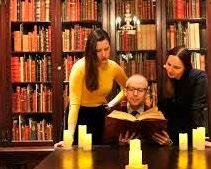
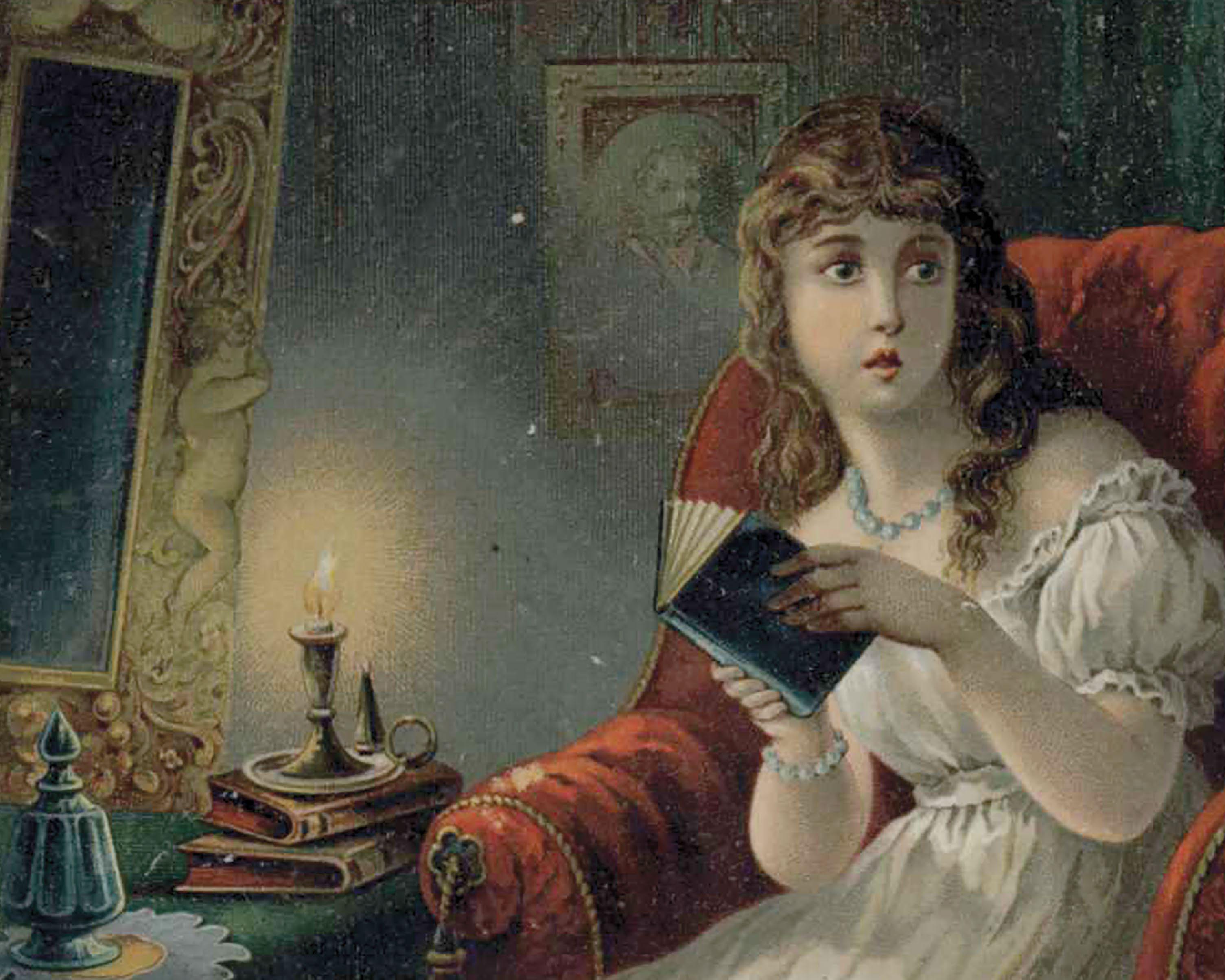
The Rosenbach’s robust portfolio of public programs will shape what collection objects are displayed in the Treasures gallery, and the interpretative approach adopted in the space.
All objects on display will connect to public programs on offer during the current programming season, and some programs will even occur inside the Treasures gallery itself! Many Rosenbach programs provide hands-on access to collection objects, meaning that visitors will grasp the breadth of the Rosenbach’s collection by means of the Treasures gallery and then engage in in-depth, hands-on study of segments within our holdings.
Examples of programs that might occur inside the Treasures gallery include:

• The Ladies of the House of Love: The Rosenbach’s Feminist & Queer Gothic Literature Book Club can hold meetings inside the gallery, to examine books and manuscripts on display before sitting down in the gallery’s reading parlor to discuss their monthly selection.
• Onsite course instructors can lead classes from the Denworth room into the Treasures gallery to examine pieces on display in the space. Instructors and Rosenbach staff will collaborate to ensure that objects relevant to the courses are on view.
• Rosenbach introductory tours can include stops in the Treasures gallery to satiate visitor curiosity following guided tours of the East and West Libraries.


• Permanent, prominent inscription of the gallery’s new name into the design (see left).
• Recognition on exhibition title panel, acknowledgements panel, and introductory panel.
• A press release recognizing the gift and explaining the new Treasures gallery initiative. All future references to the exhibition in Gallery 1 will include the gallery’s name and sponsorship line.
• An optional opportunity to participate in a curatorial workshop with the Rosenbach’s Department of Outreach & Engagement as the team prepares the final exhibition checklist and writes object labels for the inaugural installation.
• A special, invitation-only reception for family, friends, and colleagues prior to the gallery’s grand opening on Burns Night 2024 (January 25, 2024).
• Private tours led by the Director of the Rosenbach and members of the Department of Outreach & Engagement for groups throughout the first year of the exhibition’s installation.
• Complimentary access to the Treasures galleries during Rosenbach regular open hours in perpetuity.

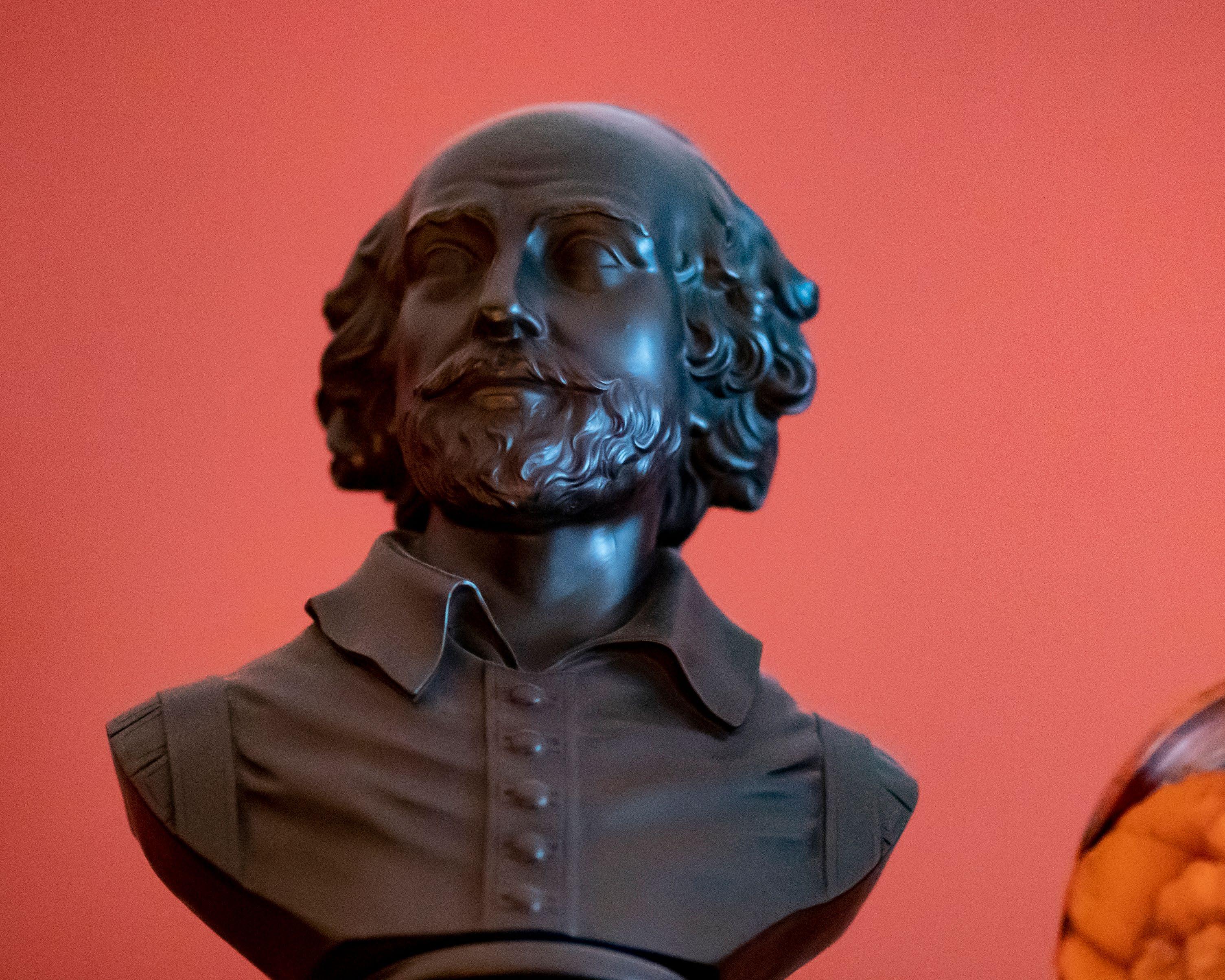

AN OPPORTUNITY IS NOW AVAILABLE FOR A ROSENBACH SUPPORTER TO NAME GALLERY 1, HOME OF ART & LITERATURE OF THE BRITISH ISLES , IN PERPETUITY AND GUARANTEE
ENGAGING GALLERY DISPLAYS OF ROSENBACH COLLECTIONS FOR GENERATIONS TO COME.
To learn more about this opportunity or schedule a tour of the future Treasures spaces, please contact Kelsey Scouten Bates, The John C. Haas Director of the Rosenbach, at kbates@rosenbach.org.
Kelsey Scouten Bates (she/her)
The John C. Haas Director
office: 215.732.8230 mobile: 267.997.1017 kbates@rosenbach.org
2008 Delancey Place Philadelphia, PA 19103 rosenbach.org

